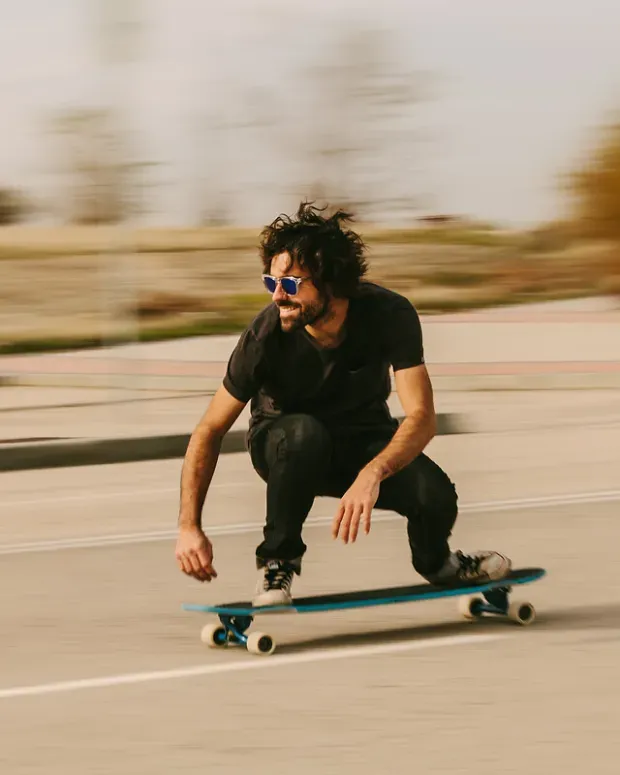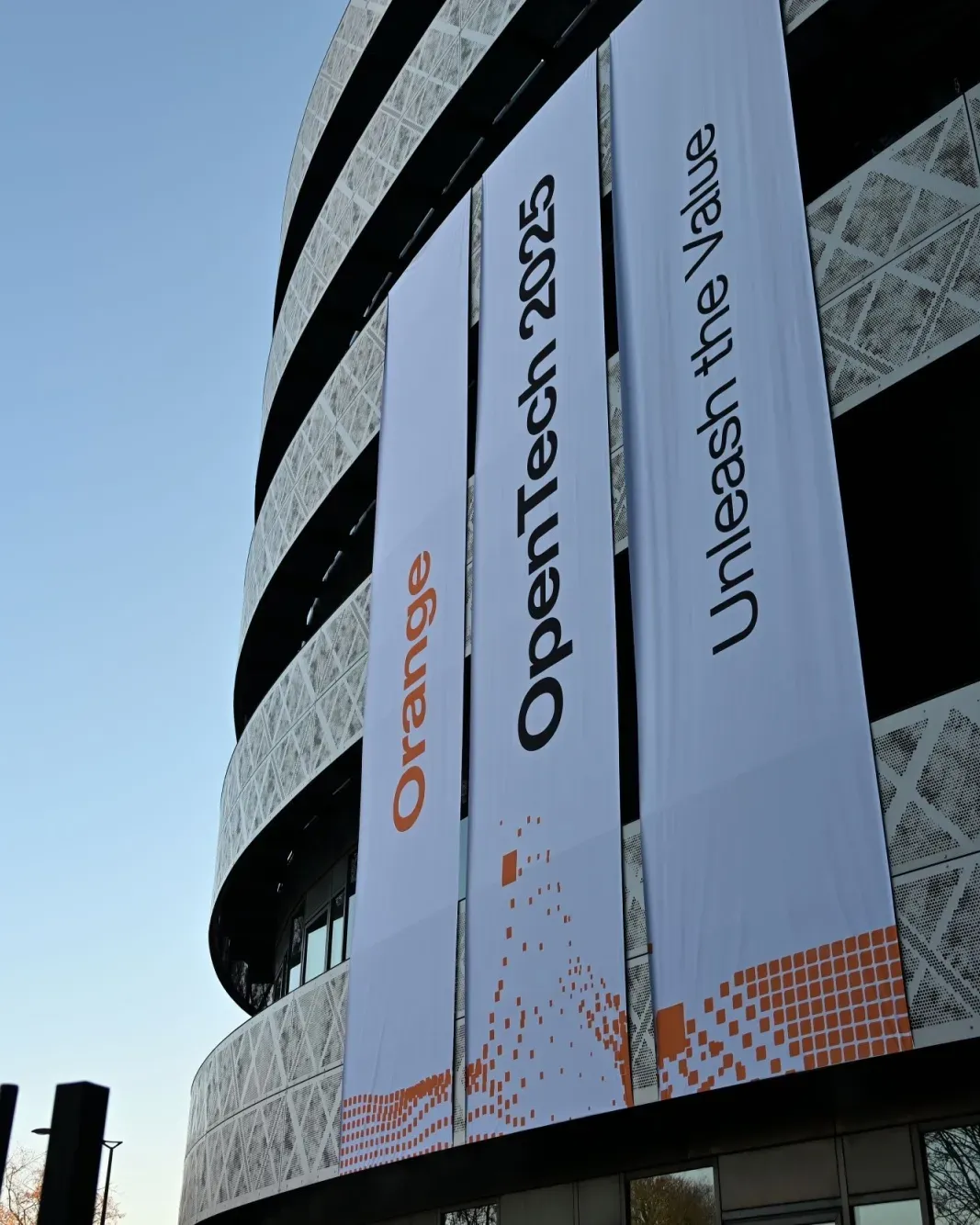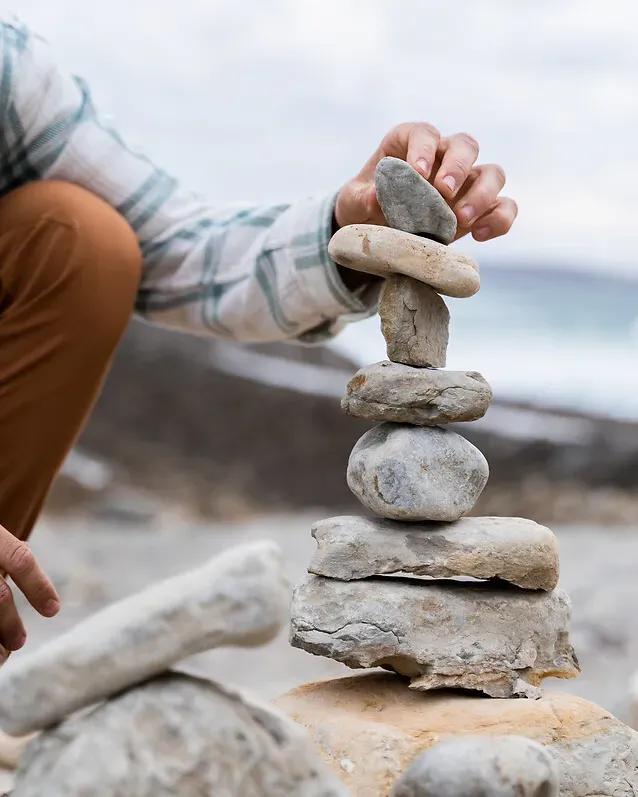Our start-up ecosystem:
driving shared growth
Start-ups are essential drivers of innovation. Their agility helps us tackle new market challenges. Our collaborations are win-win: start-ups bring fresh ideas and expertise, while we offer access to infrastructure, distribution networks, and specialist knowledge.
The results are tangible. Orange benefits from new services, improved operational efficiency, lower internal costs, and enhanced customer experience. Start-ups gain visibility with potential customers and investors, access to our technology and data for testing, business opportunities through our distribution network, and funding possibilities.
Start-ups, catalysts of innovation, find a fertile ground for growth and mutual innovation through collaboration with large corporations.
Our start-up ecosystem:
driving shared growth
Start-ups, catalysts of innovation, find a fertile ground for growth and mutual innovation through collaboration with large corporations.
Start-ups are essential drivers of innovation. Their agility helps us tackle new market challenges. Our collaborations are win-win: start-ups bring fresh ideas and expertise, while we offer access to infrastructure, distribution networks, and specialist knowledge. The results are tangible. Orange benefits from new services, improved operational efficiency, lower internal costs, and enhanced customer experience. Start-ups gain visibility with potential customers and investors, access to our technology and data for testing, business opportunities through our distribution network, and funding possibilities.
Orange Fab:
international start-up accelerator
Our Orange Fab network is central to supporting start-ups. Operating in 22 countries across three continents, it has accelerated around 1,000 start-ups over the past 10 years. Our goal is to help start-ups grow and expand internationally, focusing on activities that align with Orange’s core business and strategic plan.
Start-ups in Orange Fab receive full support: a dedicated business developer to facilitate contracts, access to our international network, tailored mentorship, and exposure at major events like VivaTech or the Mobile World Congress.
This relationship is a true partnership where each side brings what the other lacks. Together, we combine innovation with expertise to create value.
start-ups accelerated over 10 years through the Orange Fab
Orange Fab:
international start-up accelerator
start-ups accelerated over 10 years through the Orange Fab
Our Orange Fab network is central to supporting start-ups. Operating in 22 countries across three continents, it has accelerated around 1,000 start-ups over the past 10 years. Our goal is to help start-ups grow and expand internationally, focusing on activities that align with Orange’s core business and strategic plan. Start-ups in Orange Fab receive full support: a dedicated business developer to facilitate contracts, access to our international network, tailored mentorship, and exposure at major events like VivaTech or the Mobile World Congress. This relationship is a true partnership where each side brings what the other lacks. Together, we combine innovation with expertise to create value.

Orange 5G Lab:
catalysts for connected innovation
The Orange 5G Lab program is another pillar of our open innovation approach. It supports companies, start-ups, and local governments in exploring innovative uses for 5G and related technologies. We identify, test, and deploy new solutions that go beyond traditional network use cases.
Since 2021, 20 Orange 5G Labs have opened, including the most recent in Tunis in January 2025. Over 5,000 economic actors have explored 5G opportunities, and 300 have tested their solutions directly with our experts.
From Orange 5G Labs to developer initiatives, collaborative research, and our annual Orange OpenTech event, we have built a cohesive set of programs that make Orange a model of open innovation.
Orange 5G Lab:
catalysts for connected innovation
From Orange 5G Labs to developer initiatives, collaborative research, and our annual Orange OpenTech event, we have built a cohesive set of programs that make Orange a model of open innovation.
The Orange 5G Lab program is another pillar of our open innovation approach. It supports companies, start-ups, and local governments in exploring innovative uses for 5G and related technologies. We identify, test, and deploy new solutions that go beyond traditional network use cases. Since 2021, 20 Orange 5G Labs have opened, including the most recent in Tunis in January 2025. Over 5,000 economic actors have explored 5G opportunities, and 300 have tested their solutions directly with our experts.
Opening our networks to developers

Orange is a major player in the open-source CAMARA community within the Linux Foundation and a founding member of the Aduna joint venture. This initiative, developed with Ericsson and other industry leaders, accelerates API availability for developers worldwide.
To structure this effort, we launched Orange LiveNet Business Unit at Mobile World Congress 2025. The aim is to offer attractive packages to developers and partners, simplify access to our technologies, and foster innovation in the telecommunications sector.

Orange and collaborative research
Our research partnerships amplify innovation, attract talent, and keep us at the forefront.
+65 cooperative projects
underway with academic and industrial partners.
+90 partnership contracts
signed with labs and universities since 2020.
3 joint labs
operated with research partners.
3 competitiveness clusters
in which we are actively involved
Orange and collaborative research
Our research partnerships amplify innovation, attract talent, and keep us at the forefront.
Our research ecocystem


